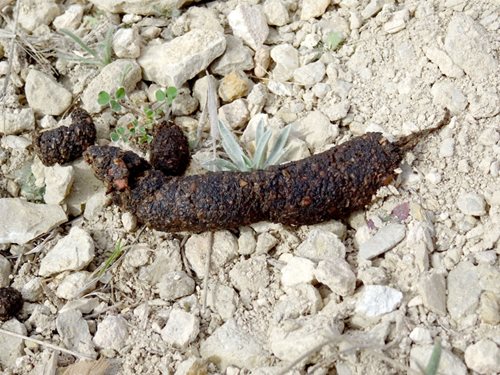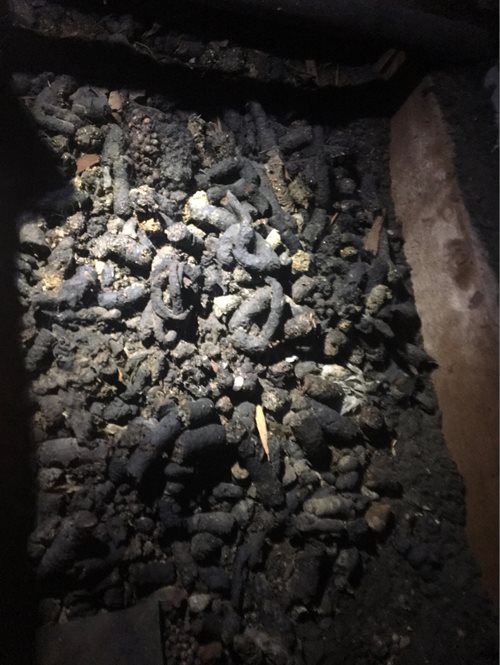Skunk vs Raccoon Poop
Often, homeowners discover pest damage well after animals are gone. This is especially true with skunks and raccoons, which are both nocturnal. Thankfully, concerned individuals can use pest droppings to help identify infestations in and around homes.
Skunk Poop
Skunk droppings look similar to those of a cat and are typically found in lawns and gardens. The waste is tubular, has blunt ends, and usually measures about a quarter to half an inch in diameter and one to two inches long. Skunk poop generally contains bits of undigested insects, berry seeds, fur, or feathers.

Raccoon Poop
Raccoon droppings are also blunt-ended and tubular but are typically a bit larger than skunk poop. On average, raccoon poop is about two to three inches in length and half an inch in diameter. Additionally, their scat is darker in color.


Raccoon defecate in shared locations, known as latrines. Common sites include tree stumps, woodpiles, large rocks, decks, and patios. During a raccoon infestation, you will find latrine sites in your attic, on the roof, or in a garage.
Raccoon Feces Hazards
Raccoon feces may contain roundworm eggs, which are extremely harmful to humans and pets. Young children are most susceptible to contracting roundworm because they may come in contact with excrement while playing and have the tendency to put unclean hands near or in their mouths. Symptoms include blindness, paralysis, and damage to livers and lungs. Raccoon roundworms can even cause death.
Though it’s less common, skunks can also spread roundworms through their feces. However, they are more likely to transmit listeriosis and leptospirosis to humans. Pets may pick up canine hepatitis, canine distemper, and feline Panleukopenia from skunk feces.